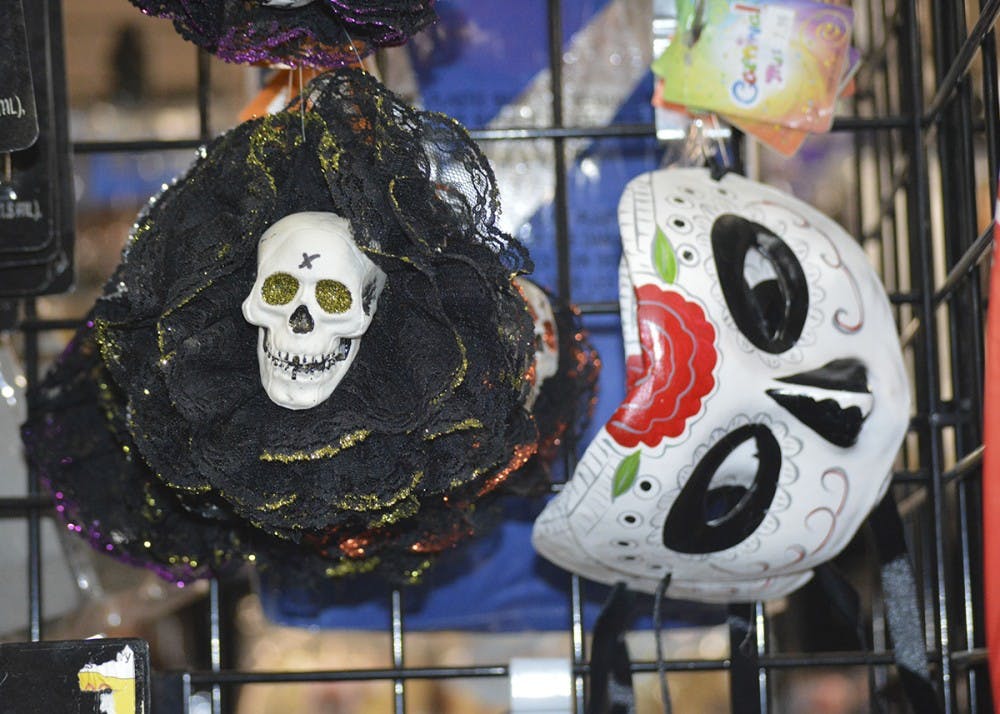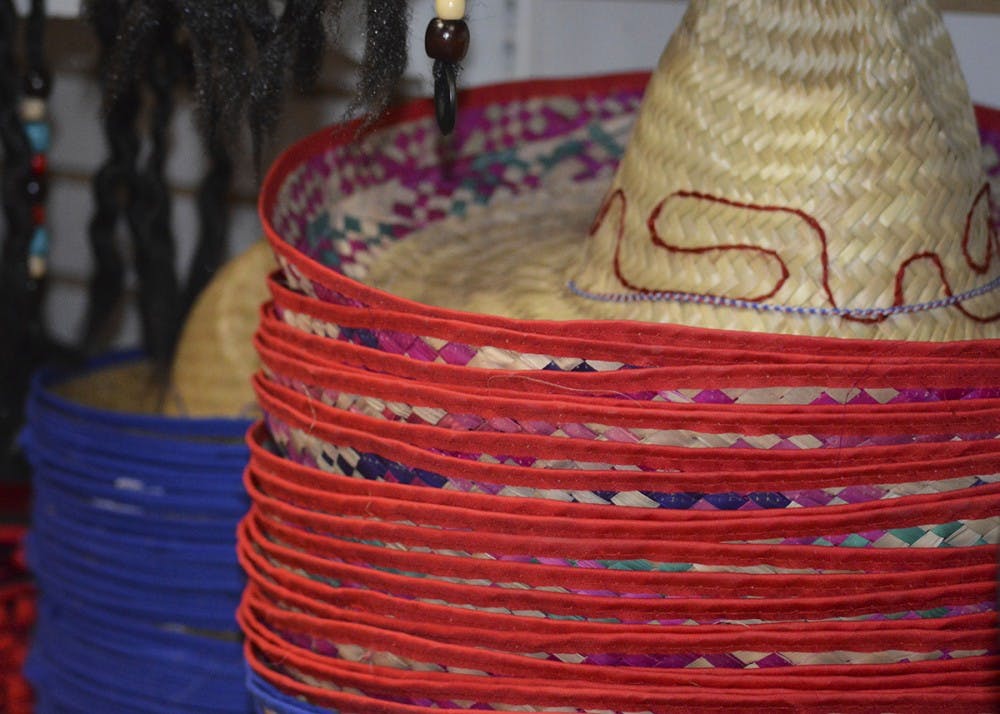As Halloween approaches, store aisles begin to fill with costumes of all kinds, and college students nationwide scramble to find their new identity for a night.
Though Halloween is a time to become someone else, a gray area of ethical costume choice arises when people choose to dress as a racial or ethnic group they don't belong to.
“I think the main aspect of it is this idea of taking parts from what you would call nondominant culture and taking them out of context and doing it in a way that’s harmful to the people whose culture you’re taking from,” said Lydia Curliss, graduate student assistant at the First Nations Educational and Cultural Center.
Curliss said this behavior is exemplified by nonnative people wearing headdresses as a fashion statement. She explained how seeing that makes people assume indigenous people have not progressed past who they were precolonization — it freezes them in time.
“Folks, I think, don’t realize sometimes what’s happening or what they’re doing innocently sometimes,” said Lilian Casillas, the director of La Casa Latino Cultural Center.
Casillas said a lot of costumes play on stereotypes to reinforce negative attributes of various cultures. She said it can be offensive to see a costume of a mustached man wearing a sombrero and holding maracas.
She explained that as Halloween rolls around, major retailers start to put out Day of the Dead, Dia de los Muertos, merchandise. Unfortunately, however, many of the items sold are confused for Halloween decorations and blur the line between the two holidays further.

The Day of the Dead is a traditional Mexican holiday honoring deceased loved ones. It is not a costume party.
Casillas also talked about how even costumes with good intentions can reinforce negative stereotypes about a culture.
“For you to take something, you have to recognize that there's a bad thing affiliated with it and how you using it as a Halloween costume reinforces more of the negative than the positive,” she said of wearing things like sombreros as a costume.
Keiko McCullough, graduate assistant at the Asian Cultural Center, said cultural appropriation falls within the broader category of racism.
McCullough said Katy Perry dressing up as a geisha for an award show was an example of problematic cultural appropriation.
“She’s most likely trying to benefit off of this harmful stereotype, but then she can take it off and at the end of the day, she won’t experience discrimination for being Japanese," McCullough said. "She’ll make lots of money for doing a good job at the VMAs or wherever that was, and that’s really not her life nor is she a part of that culture.”
While McCullough, Curliss and Casillas all pointed to costumes like ninjas, mariachi bands and Pocahontas as having a negative impact on perception of minority groups, Curliss explained there are methods of cultural sharing that are appropriate and beneficial as well.
“You can be a nonnative person and go to a pow wow and be respectful of the culture and take in the culture,” she said. “There are times when you’re supposed to sit and stand so standing if you can and doing things like that versus showing up in a headdress and a Pocahontas costume and dancing in the circle. That’s a pretty clear line.”
All three representatives from the cultural centers encouraged shoppers to use discretion when looking for a costume this year.
“Think about it before you do it, and if you are going to do it, be willing to know that people are going to call you out potentially,” Curlisssaid.




